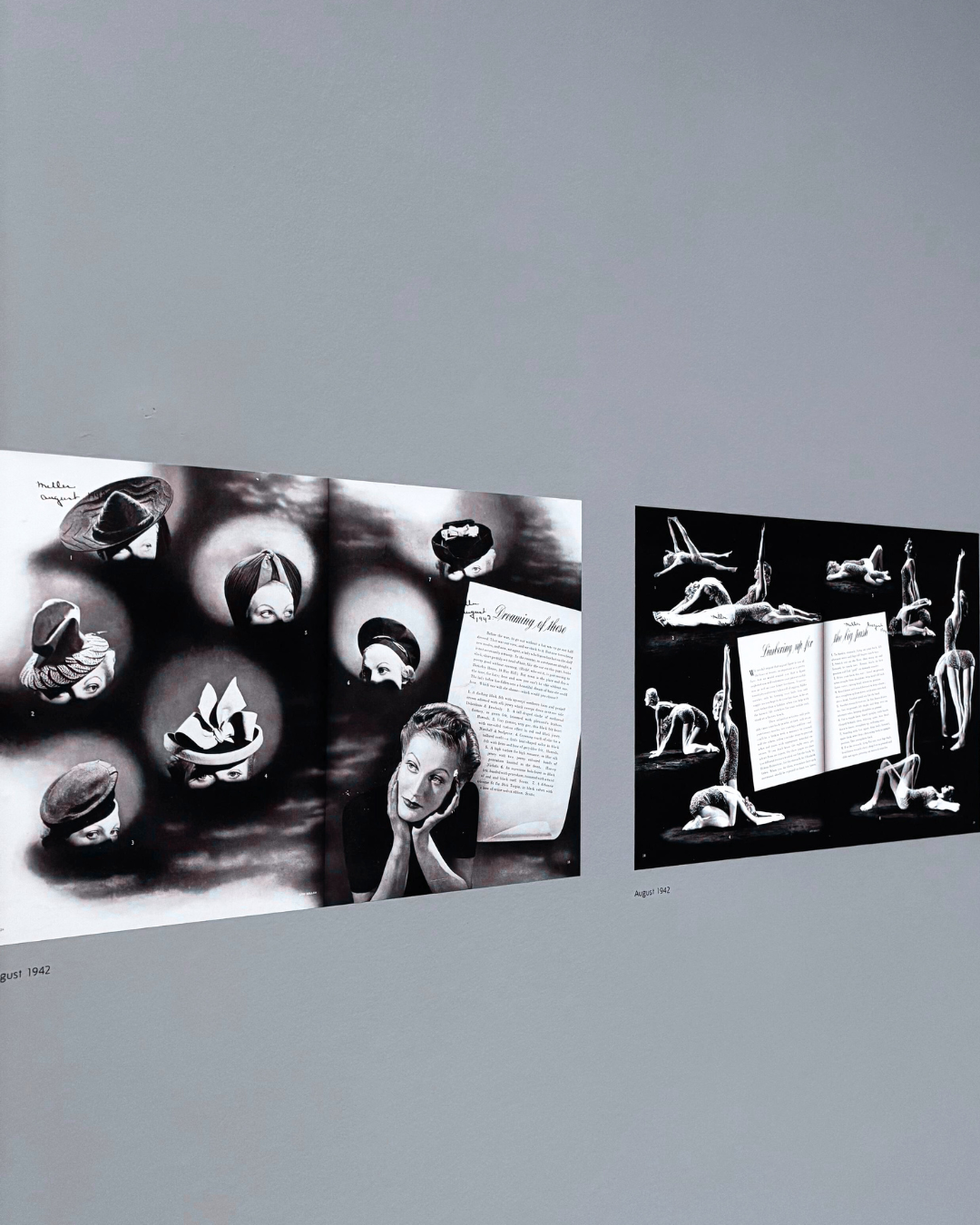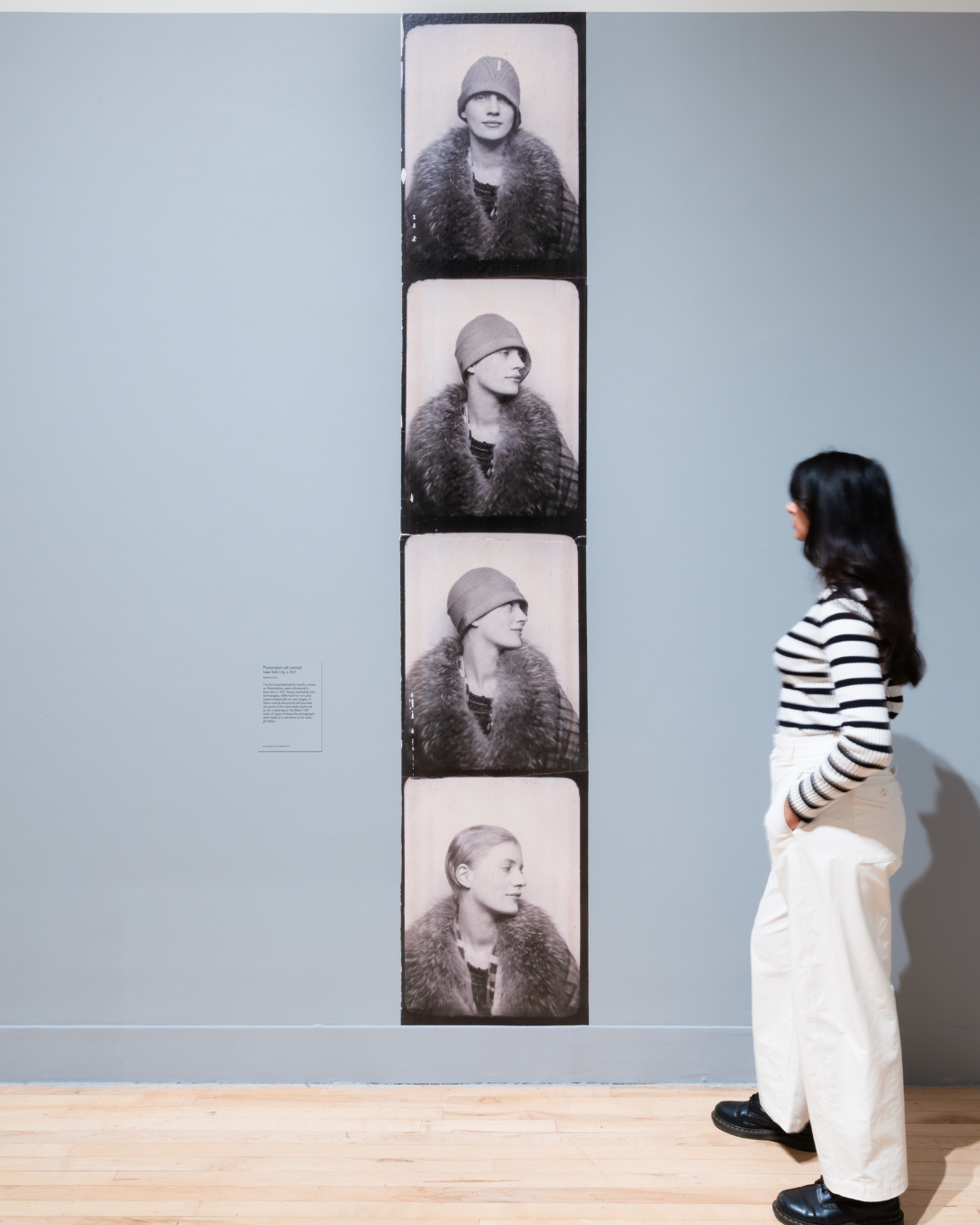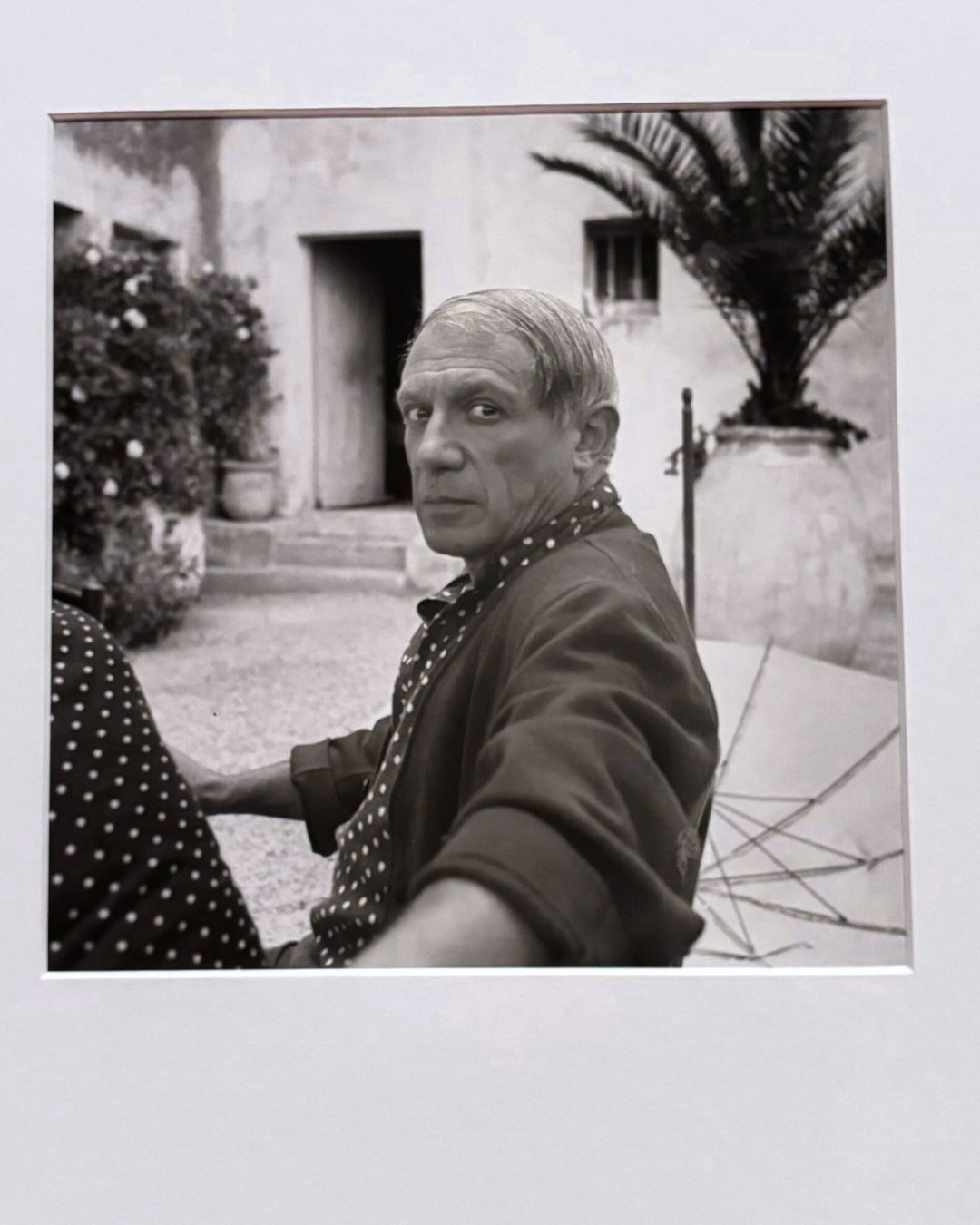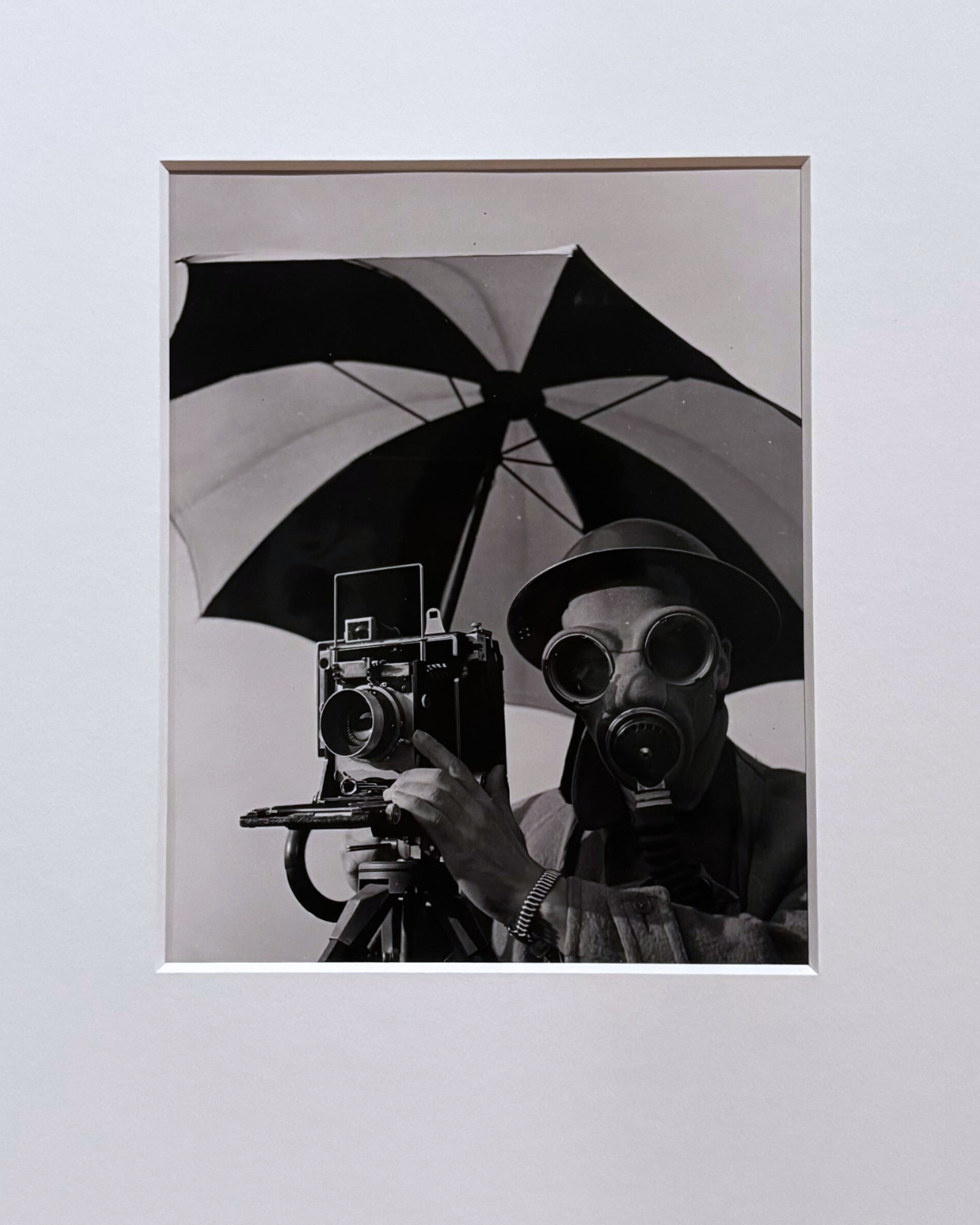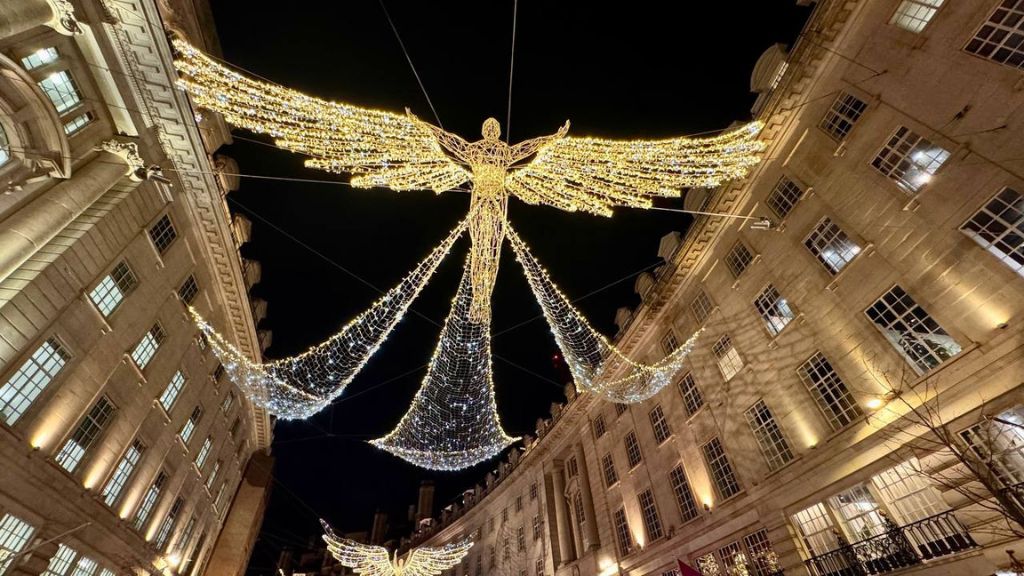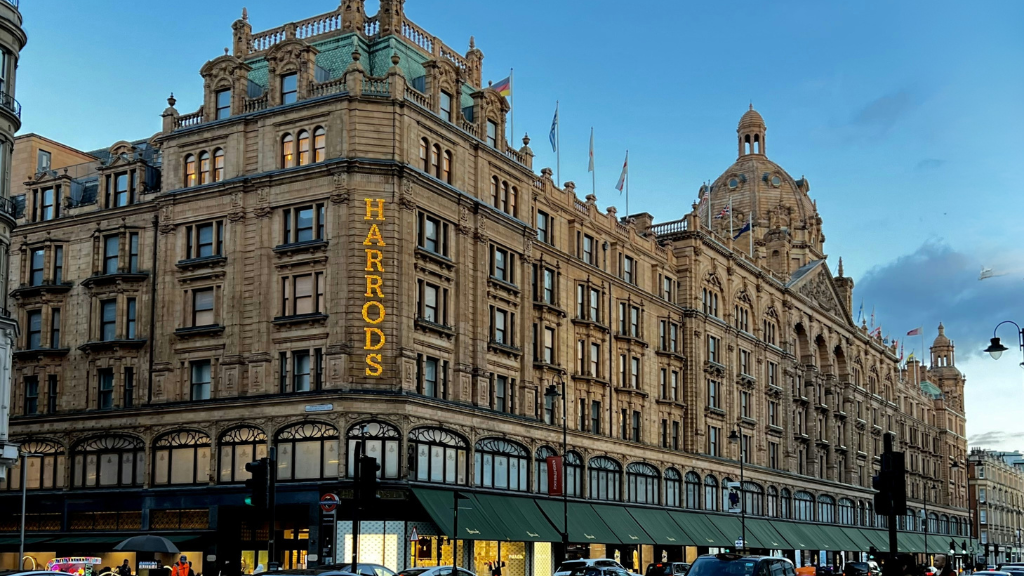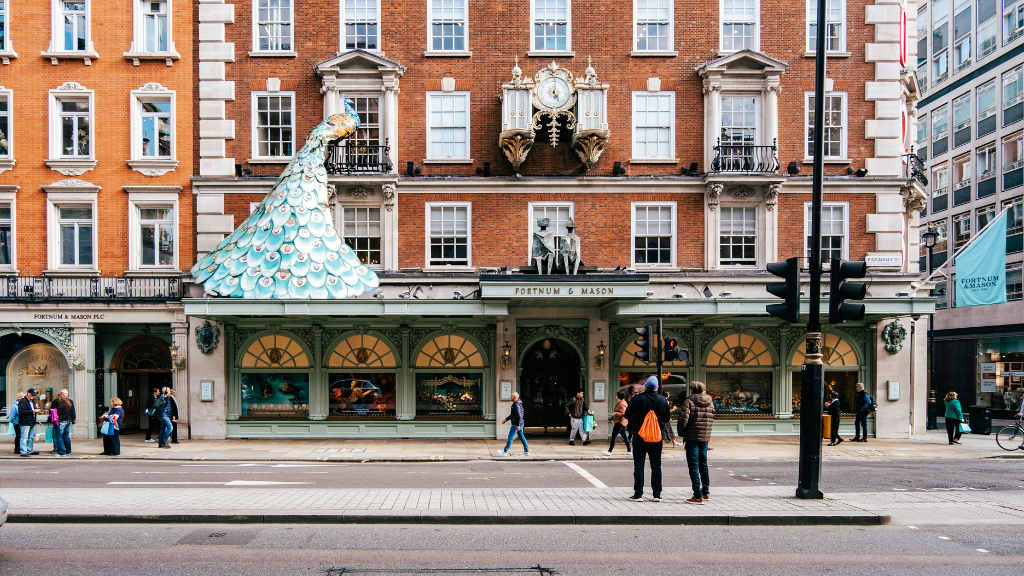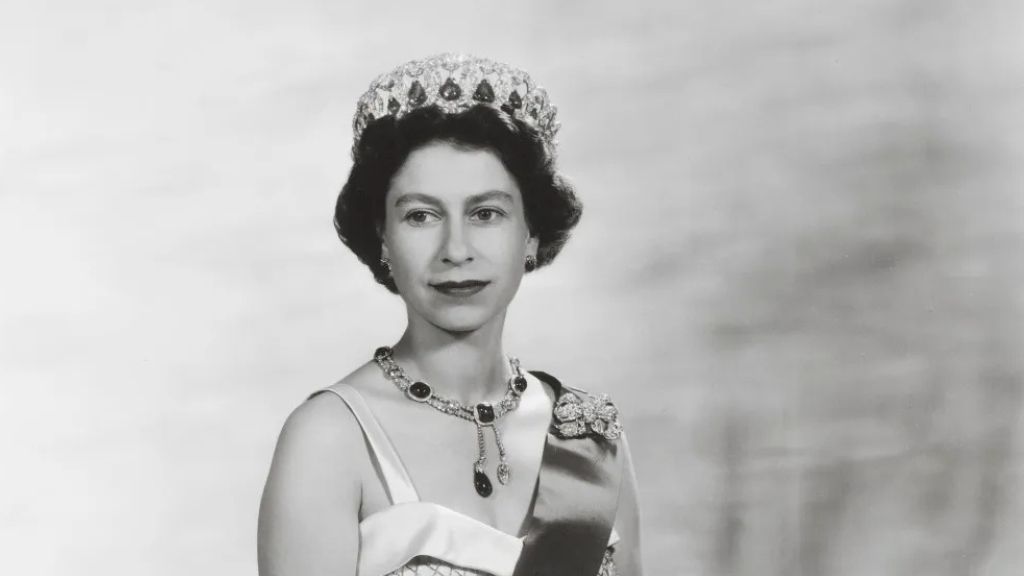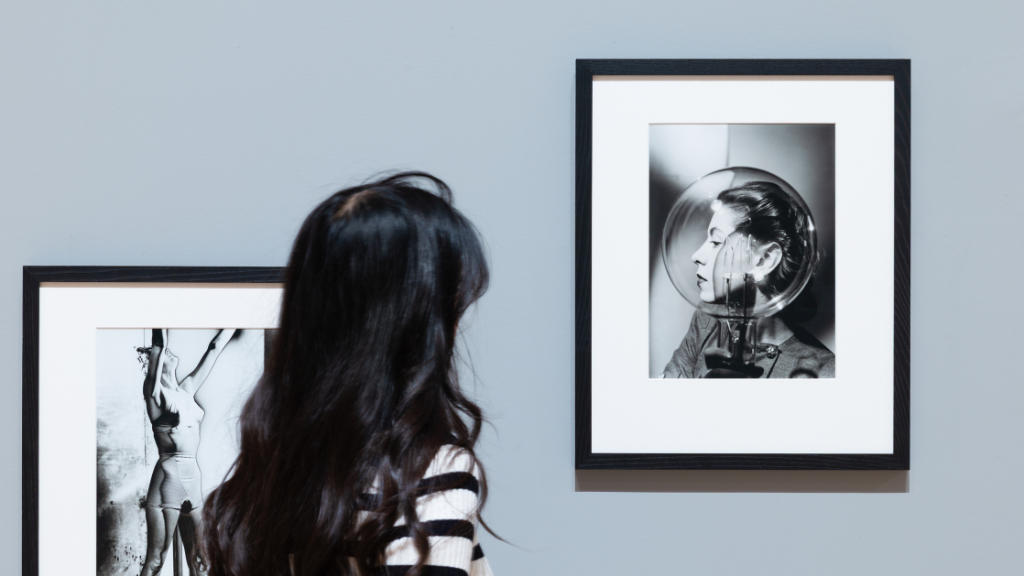
The life and work of Lee Miller: a retrospective at Tate Britain
On October 2, Tate Britain opens the largest retrospective of Lee Miller — the legendary photographer and model. The exhibition covers all stages of her multifaceted career, from her involvement in Parisian surrealism to her reportage during the Second World War. Around 230 prints are on display, including works being shown to the public for the first time, as well as rare archival materials and personal belongings, offering a fresh perspective on her legacy and her influence on the history of photography. Afisha.London has already visited the exhibition and was impressed by what it offers visitors.
This article is also available in Russian here
Lee Miller was born in 1907 in Poughkeepsie, New York. She initially studied painting and stage design, but it was her experience as a professional model that ultimately drew her to photography. This early stage of her life is represented in the exhibition by rare portraits taken by renowned photographers such as Arnold Genthe, Cecil Beaton, and Edward Steichen.
Invalid slider ID or alias.
At the same time, Miller began to develop her own artistic approach, experimenting with image and self-expression — for instance, creating a series of photobooth self-portraits (Photomaton Self-Portrait).
- Photo: Afisha.London
- Photo: Installation Photography of Lee Miller at Tate Britain, 2 October 2025 – 15 February 2026. © Lee Miller Archives, England 2025. All rights reserved. leemiller.co.uk. Photo © Tate (Sonal Bakrania).
After moving to Paris in 1929, Miller found herself at the center of the surrealist movement while simultaneously building her own career behind the camera. She completed an apprenticeship at French Vogue, opened her own commercial photography studio, and worked on Jean Cocteau’s groundbreaking surrealist film Le Sang d’un poète (1930), excerpts of which are also featured in the exhibition. Over the years, her photographs appeared on the covers of French, British, and American editions of Vogue.
In 1934, Lee Miller moved to Cairo. There, she created one of her most famous surrealist images, Portrait of Space (Siwa Oasis, 1937), as well as photographs of the Egyptian desert and travels through rural Syria and Romania. Many of these works are being shown to the public for the first time.
Read also: Autumn 2025 in London: Ten exhibitions everyone will be talking about
By this point, Miller had already built a wide circle of friends and collaborators around the world. The exhibition features her lively, slightly humorous portraits of artists, writers, actors, and filmmakers — including Charlie Chaplin and Pablo Picasso.
- Pablo Picasso (1937), London, 2025. Фото: Afisha.London
- David E.Scherman dressed for war (1942), London, 2025. Photo: Afisha.London
The culmination of the exhibition is Miller’s reportage from the Second World War. Working as a war correspondent for Vogue, she captured Europe on the front lines — from London during the Blitz to the liberation of Paris and the Dachau concentration camp. These historic images reveal her as a fearless witness, able to combine an artistic eye with journalistic integrity.
The Lee Miller exhibition runs at Tate Britain until 15 February 2026.
Cover photo: Installation Photography of Lee Miller at Tate Britain, 2 October 2025 – 15 February 2026. © Lee Miller Archives, England 2025. All rights reserved. leemiller.co.uk. Photo © Tate (Sonal Bakrania).
Read also:
National Gallery vs Tate: a new chapter in Britain’s cultural rivalry. Experts’ view.
Tate Modern will open late every Friday and Saturday to engage younger audiences
25 years of artistic experimentation: Tate Modern marks a landmark anniversary
SUBSCRIBE
Receive our digest once a week with quality Russian events and articles
